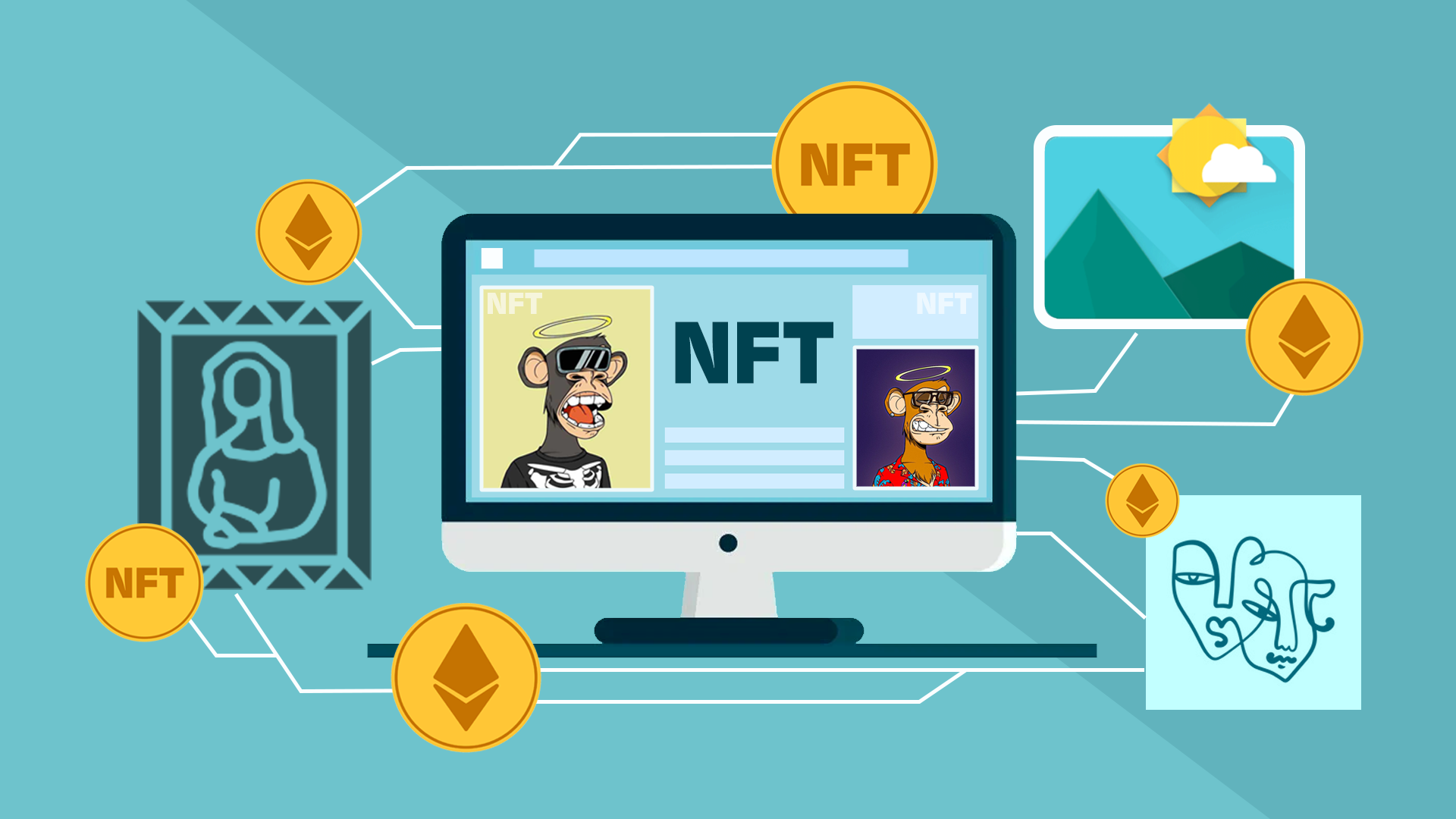Design It Right the Magic of Expert Embroidery Digitizers
The digitizing quality determines whether your design merely exists in thread or truly comes alive. That extra attention from an expert transforms good embroidery into "how did they do that?" embroidery.

There's a world of difference between embroidery that looks "okay" and embroidery that makes people stop and stare. That difference? It comes down to the skill of the digitizerthe invisible artist who transforms flat artwork into dimensional thread magic. While anyone can convert an image to stitches these days, true digitizing mastery turns ordinary designs into extraordinary wearable art.
The Alchemy of Thread and Technology
Expert embroidery digitizers work like culinary chefs interpreting recipes. Given the same ingredients (your artwork), ten digitizers might create ten differentbut all technically correctembroidered versions. The magic lies in their creative decisions about:
- Stitch selection(satin for sleekness, fill for coverage, running for detail)
- Density adjustments(balancing durability with fabric drape)
- Thread flow(minimizing jumps and trims for cleaner backs)
- Special effects(3D puff, metallic sheen, or matte finishes)
I recently saw two digitized versions of the same corporate logo. The auto-digitized one looked flat and slightly distorted. The expert version? The letters seemed to lift off the fabric, with stitch directions creating subtle highlights that made the logo pop. That's the digitizer's artistry at work.
Why Great Digitizing Is Invisible
When digitizing is done perfectly, you don't notice ityou just see beautiful embroidery. But when it's off, everything feels slightly wrong:
?Expert Work
- Fabric lies flat after stitching
- Thread colors appear vibrant and accurate
- Details remain crisp at small sizes
- The design feels "part of" the material
?Amateur Work
- Fabric puckers or distorts
- Colors look muddy from too many trims
- Small elements disappear into thread blobs
- The design sits "on top" awkwardly
A master digitizer anticipates how thread will interact with specific fabrics. That satin stitch that looks glorious on twill might need completely different settings for performance knit.
The Digitizer's Decision Tree
Every design element requires multiple conscious choices:
For Text:
- Outline with satin stitch or fill the letters?
- What angle makes the text most readable?
- How to handle serifs on small fonts?
- Should letters connect or stitch separately?
For Logos:
- Which elements get priority when simplifying?
- How to maintain brand colors with thread limitations?
- What stitch direction creates the intended visual effect?
- Where to cheat dimensions for better proportions when stitched?
For Artwork:
- Which details to keep, which to suggest, which to omit?
- How to create shading with stitches instead of colors?
- What underlay will prevent delicate areas from disappearing?
One digitizer described her process as "part translator, part mind-reader"interpreting what the designer intended within the constraints of thread physics.
Case Study: From Disaster to Masterpiece
A bakery chain came to us with a failed embroidery attempttheir detailed wheat stalk logo turned into a dense, stiff blob on chef coats. Here's how expert digitizing fixed it:
- Reduced colorsfrom 8 to 5 while maintaining recognition
- Replaced fill stitcheswith satin outlines for key elements
- Added directional stitchingto suggest grain texture
- Used open fill patternsin background areas
- Optimized stitch sequenceto minimize jumps
The result used 40% fewer stitches but looked infinitely betterand the chefs loved how lightweight and flexible it felt.
The Tools of Top Digitizers
Beyond software, professionals rely on:
Physical References:
- Pantone TPX thread color guides
- Fabric swatch libraries
- Stitch length rulers
Digital Assistants:
- Custom stitch angle templates
- Density calculators
- Pull compensation formulas
Quality Control:
- Magnifying cameras
- Tension testers
- Wash testing stations
Many develop personal "cheat sheets" for recurring challengeslike how to digitize tiny text on fleece or make satin stitches shine on caps.
How to Recognize Expert Digitizing
When evaluating samples or potential digitizers, look for:
Precision Details
- Corners meet perfectly
- Curves appear smooth
- Letters remain legible
Fabric Harmony
- No puckering or tunneling
- Appropriate drape for the material
- Stabilizer properly concealed
Thread Efficiency
- Clean backs with minimal jumps
- Strategic color sequencing
- Minimal thread breaks during stitching
Artistic Interpretation
- Maintains spirit of original art
- Enhances dimension where needed
- Creates visual interest through stitch play
The Business Value of Getting It Right
For companies using custom embroidery, investing in expert digitizing pays off through:
- Brand integrity- Logos reproduce accurately every time
- Product longevity- Proper digitizing prevents premature wear
- Customer satisfaction- Quality stitching gets noticed and remembered
- Production savings- Efficient designs stitch faster with less waste
One corporate client calculated that professional digitizing saved $8 per embroidered item through reduced machine time and fewer rejected products.
Finding Your Digitizing Partner
The best digitizers:
- Ask detailed questionsabout your fabrics, machines, and usage
- Provide stitch-out samplesbefore finalizing files
- Explain their approachto your specific design challenges
- Offer revisionsuntil you're completely satisfied
- Educate clientson realistic expectations
Beware of services that:
- Promise instant turnaround on complex designs
- Don't request fabric specifications
- Only show digital previews (not actual stitch-outs)
- Charge suspiciously low prices
The Future of Handcrafted Digitizing
Even as AI tools advance, the human element remains irreplaceable for:
- Creative problem-solvingwith unconventional designs
- Artistic judgment callsthat algorithms can't replicate
- Specialty techniqueslike trapunto or thread painting
- Quality assurancethat only comes from hands-on experience
The digitizers who will thrive are those who combine technical mastery with design sensibilityequal parts engineer and artist.
Your Design Deserves This Care
Whether you're creating:
- Branded corporate apparel
- Limited edition streetwear
- Special event merchandise
- Heirloom custom pieces
The digitizing quality determines whether your design merely exists in thread or truly comes alive. That extra attention from an expert transforms good embroidery into "how did they do that?" embroidery.
So next time you prepare artwork for stitching, ask yourselfare you looking for just a digitized file, or a digitized masterpiece? Because in the world of embroidery, that distinction makes all the difference.



































